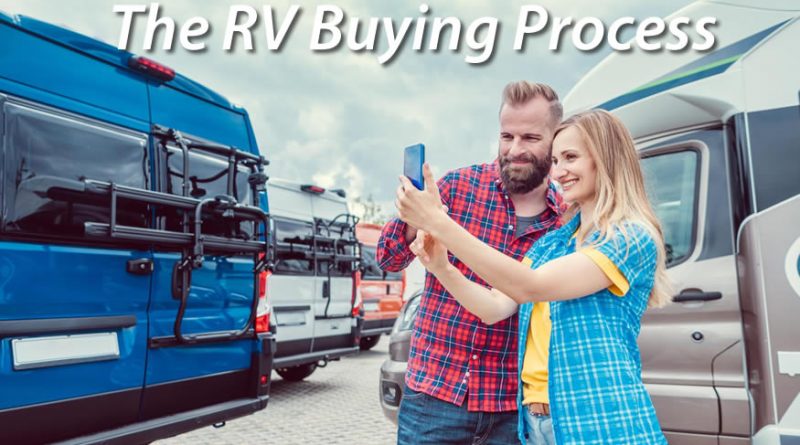The RV Buying Process
With COVID-19 restrictions still affecting how we plan our vacations, options might feel a bit limited, to say the least. With international travellers often needing to undergo periods of testing and quarantine, traditional overseas vacations have become more of an unpleasant experience.
However, ‘staycations’ are on the rise. There are still plenty of ways to enjoy a family vacation, and plenty of people have begun purchasing personal RVs to travel around the country.
With the effects of COVID-19 expected to linger for a while, the RV industry is not likely to go away. Back in 2018, Americans purchased over 500,000 RVs, with this number expected to continue rising.
Interested in buying your own RV for family trips? We will take you through some of the most important things to keep an eye on when buying your first RV.
Talking money – what is the best deal in your budget?
It might not be fun, but you should begin your journey into the world of RVs with a quick check of what you might be able to afford.
Limiting your options to affordable RVs gives you more flexibility to add more comforts and amenities to your vehicle when the time comes! That is just one reason to think twice about paying top dollar for a brand new, top-of-the-range RV.
It is important to note that most RV dealerships would be expecting you to negotiate on price. Don’t be afraid to ask for a price you are comfortable with, especially if you are expecting your credit score to result in higher interest rates on a loan.
Many RV loans last between 10 and 15 years, so be sure that you can afford the commitment you are making! Pick the deal that suits you best, whether that be a shorter term with higher monthly payments, or a longer term with higher premiums.
Types of RV
There are different sizes of RV that need to be considered. Think about factors like the amount of storage space you have, and how many people would usually be inside the vehicle.
- Class A: These look a little like buses – they are long and have a flat nose. These can easily sleep 2-8 people.
- Class B: A little more like a van, they sleep 1-2 people but still contain amenities like beds, bathrooms and kitchen space.
- Class C: Built on a truck chassis, these RVs sleep 2-6 people in beds over the cabs. This is usually the cheapest option.
- Towable RVs: Further split into travel trailers, 5th wheels and pop-up trailers, these RVs can be pulled behind a truck or other SUV. All of them can sleep at least 2 people.
Some final tips
Are you still sure you want to invest in an RV and create some fun memories? Great! Here are some other important things to keep in mind:
Ensure you check the RV thoroughly before you buy. Inspect fixtures, plumbing and tires carefully. Signs of mold or floor damage are also large red flags.
- Use the vehicle’s VIN (vehicle identification number) to check its history. You would do this if you were buying a used car, so why not for an RV too?
- Once you have given your RV a test drive and are ready to purchase, make sure you consider the cost of insuring the vehicle! Usually, your state will require you to take out insurance for this kind of vehicle – avoid the expensive costs of not having liability coverage.
Jack Vale is a writer from Happy Writers, Co. in partnership with Checkworks, a retailer for business and personal checks.

